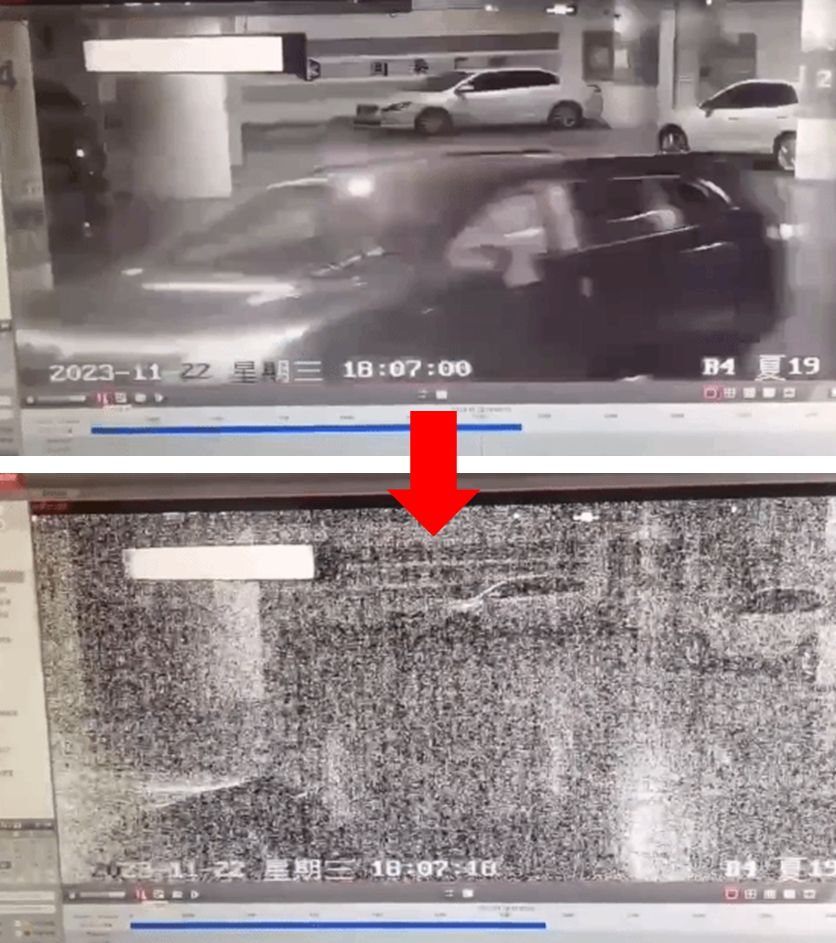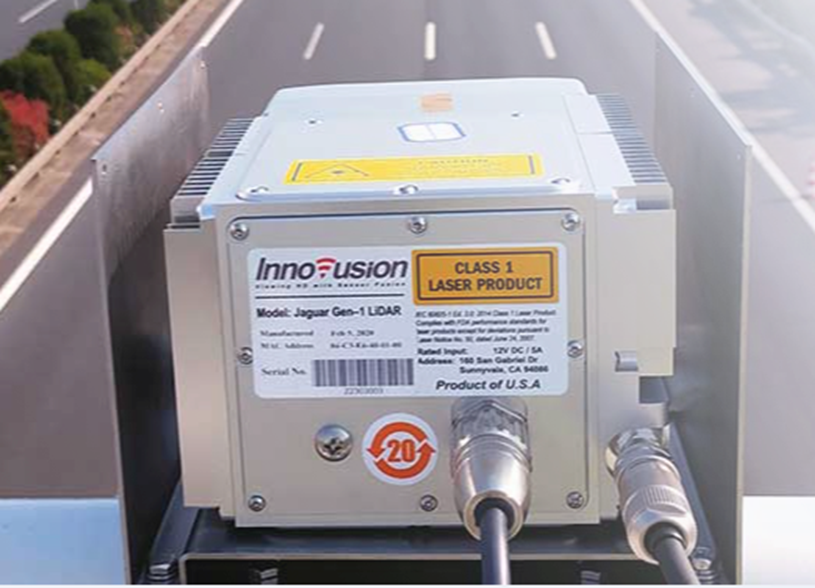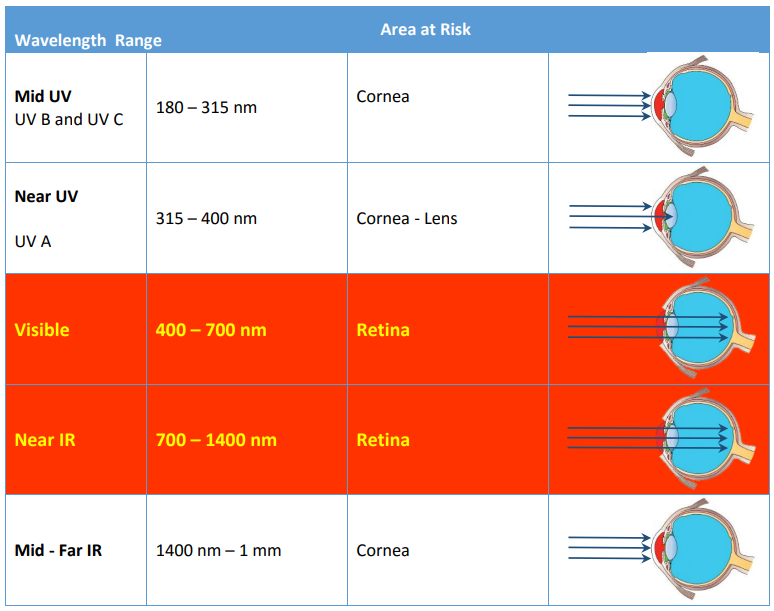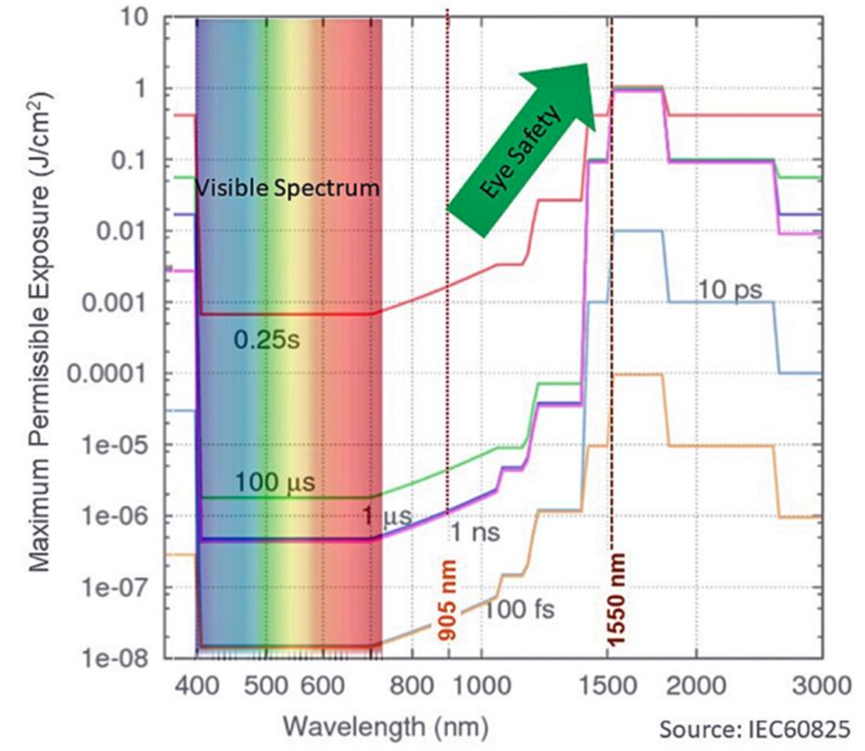In a recent incident, a video circulated online depicting a laser radar damaging an underground parking lot camera. The footage revealed that after a vehicle equipped with a laser radar, such as the Wanjie M7 Smart Driving Edition, passed by, the camera experienced flickering and subsequently failed to function properly.
As the video gained more attention, two questions emerged online: What is the connection between the camera’s damage and the laser radar? And does the laser radar pose any harm to human eyes?

Addressing the first question, experts have suggested that the camera’s lack of an infrared filter (optical low-pass filter) may be the cause of damage to the CCD photosensitive component when exposed to laser beams.
Concerning the second question, discussions about the potential harm of laser radar to human eyes occurred even before widespread integration into vehicles. The consensus is that laser radar designed for automotive use should adhere to regulations set by the International Electrotechnical Commission (IEC) and, in theory, should not cause harm to the eyes.
According to the IEC60825 standard, lasers are classified based on their Maximum Permissible Exposure (MPE) concerning a given wavelength and duration. MPE represents the maximum laser energy allowed per unit area within a specific wavelength and duration, without causing damage to biological tissues.
Many laser radar manufacturers indicate that their products fall under CLASS 1, complying with safety standards. However, in the realm of automotive laser radar, two types based on wavelengths, namely 905nm and 1550nm, raise the question of whether they impact the eyes differently.

The answer is affirmative; lasers with different wavelengths affect different parts of the eye, primarily the crystalline lens and cornea.

180 nm–315 nm (UV-B and UV-C) and 3000 nm–1 mm (IR C):
Reaches only the cornea.
315 nm–400 nm (UV-A) and 1400 nm–3000 nm (IR B):
Can irradiate the cornea and aqueous humor but cannot pass through the crystalline lens.
400 nm–1400 nm (visible and near-infrared/IR A):
Penetrates the cornea, aqueous humor, and crystalline lens, reaching the retina.
Different wavelengths affect different parts of the eye, with 905nm lasers potentially causing damage to the retina, while 1550nm lasers may cause corneal damage.
When considering the potential for eye damage, comparing the MPE values for 905nm and 1550nm lasers provides insights. As shown in experiments based on different pulse widths in accordance with IEC60825 standards, the graph indicates different MPE values for different laser wavelengths. Notably, the MPE value for any pulse width of a 1550nm laser is higher than that of a 905nm laser, implying that the human eye can tolerate a higher energy level from a 1550nm laser. Therefore, 1550nm is considered more eye-friendly than 905nm.

However, practical considerations include the fact that, in real-world use, the power of a 1550nm detector is much greater than that of a 905nm detector. This is attributed to the lower sensitivity of indium gallium arsenide material used in 1550nm detectors compared to silicon material used in 905nm single-photon detectors. Due to the lower efficiency of the detector, a larger laser emission power (energy) is required to ensure long-distance perception for laser radar.
Moreover, 1550nm detectors are more expensive, and currently, 905nm products are more prevalent in the market. Future developments, as noted by sensor technology experts, indicate ongoing research and development of 1550nm products by various companies.
In conclusion, it can be affirmed that as long as products adhere to relevant regulations, there should be no harm to human eyes.
This article was originally published by Ulink Media, the organizer of IOTE EXPO (IoT Expo in China).
Join us next year in Shanghai, and let’s shape the future of technology together!
To register IOTE 2024 Shanghai station:

















